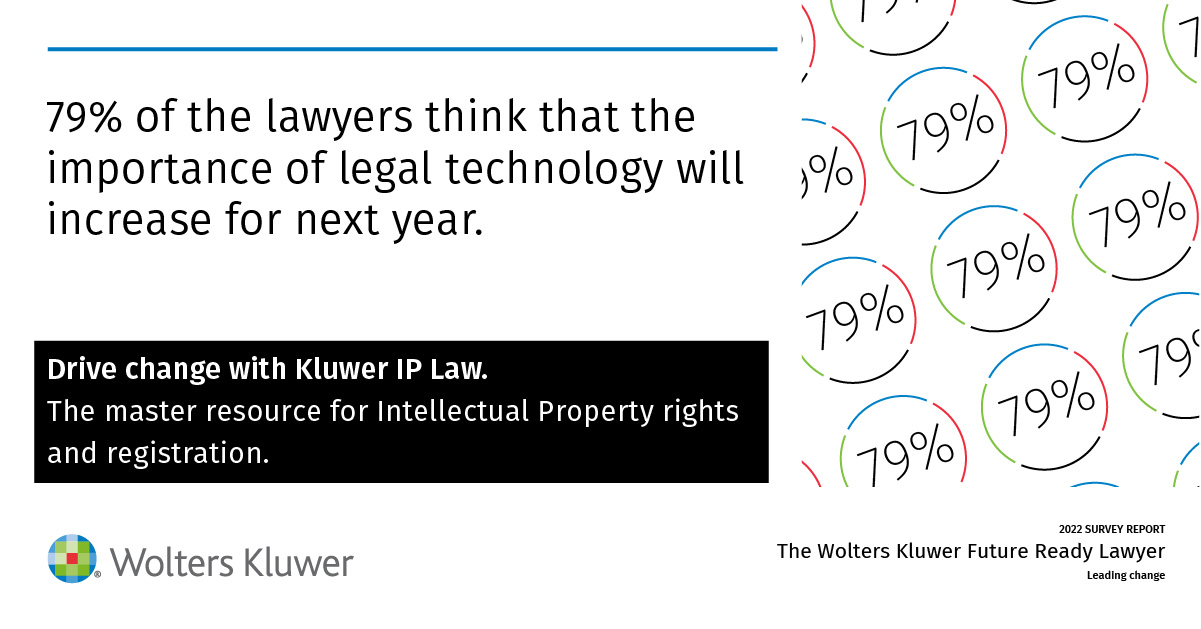2021 has yet again been a busy year for the General Court when it comes to decisions dealing with EU trademarks. It would also have been busy for the Court of Justice; however, alas, also in 2021 the CJEU has not allowed a single appeal in EUTM matters to proceed, rejecting 47 appeals as not being “significant with respect to the unity, consistency or development of EU law”, including in the MONOPOLY case (order of 1 December 2021, C-373/21 P). This is a shame as this practice deprives the IP community of necessary guidance on essential questions of EU IP laws. After all, the case law of the GC is far from consistent.
There is, however, a shimmer of hope: in Community design law, the CJEU has only just allowed the first appeal to proceed (10 December 2021, C-382/21-P). This is the appeal brought by the EUIPO in The KaiKai Company, where the GC had stated that priority for a Community design could be claimed from an earlier patent, and that the priority period depended on the nature of the right from which priority was claimed, allowing therefore 12 months for the priority claim rather than 6 months. That decision contains so many fundamental(ly wrong) statements that it is a relief that the EUIPO’s appeal has finally taken the hurdle of admission. More on this case in 2022!
Back to EU trademarks. Of the reported General Court decisions from 2021 – and this analysis is based solely on the cases reported on eSearch Case Law, the EUIPO’s case law database – 130 concerned relative grounds, half that number absolute grounds. 15 cases dealt with procedural issues, and 17 each focused on issues of genuine use of trade marks or bad faith. Quite a number of cases were closed without judgment.
Statistical chances of winning an appeal in absolute grounds in 2021 were 21%. It is worth highlighting that in one absolute grounds judgment, the General Court even annulled a decision by the Grand Board (6 October 2021, T‑124/20, Chevrons between parallel lines). Other significant annulments concerned the colour orange (of Veuve Cliquot) – T‑274/20, the slogan “It’s like milk but made for humans” – T‑263/20, the Guerlain lipstick shape – T‑488/20 and Andreas Stihl’s grey and orange colour combination mark – T‑193/18 (appeal not allowed, C‑327/21 P).
In relative grounds, as has traditionally been the case, chances of winning were higher – over 28%. The statistics are slightly distorted by 6 decisions alone concerning oppositions by Sony against applications filed by Huawei where, in the opinion of the General Court, the Fourth BoA so grossly failed to assess the relevant public and its degree of attention that Sony’s actions were manifestly well-founded (T-420-423/20 [GT8, GT3, GT5, GT9], T‑463/20 [GT RACING], T‑558/20 [GT10]).
Of the 15 rulings concerning procedural issues, 5 dealt with restitutio in integrum; the applicants lost in all these cases. In 3 cases, the applicants were not properly represented by a lawyer before the GC: T‑128/21 (Finnish legal counsel), T-716/20 (lawyer was CEO of the applicant), and T‑424/21 (Daimler v. EUIPO – Volkswagen; 7 December 2021). In this latter case, the application was brought by UK barristers but against a Board decision from after 31 December 2020, which meant that the UK barristers could not act before the GC as they are not admitted in an EU Member State.
Which, finally, brings us to Brexit. 2021 has seen interesting statements from the GC on the question whether oppositions based on UK rights automatically lost their foundation at the end of the transition period. This is the EUIPO’s firm position, and this author thinks the EUIPO is right. However, the GC (2nd Chamber) stated in ZARA that only the application date for the opposed trademark application mattered so that a subsequent loss of validity of the earlier right could not affect the opposition (1 December 2021, T‑467/20, para. 57-60; see also BROWNIE, 30 January 2020, T-598/18). However, there are also contrary judgments (7th Chamber, ALTUS, T‑162/18, para. 42; 10th Ext. Chamber, T‑169/19, paras. 21-30), and the 3rd Chamber expressly left the issue open in Abresham Super Basmati (T-342/20, 6 October 2021, para. 17). The last word on this issue clearly has not been spoken.
We now look with curiosity and expectation at the new year for which this author, also on behalf of the entire Kluwer Trademark Blog team, wishes all readers health, happiness, success and the return to normality!

In Spain, on New Year’s there are no fireworks but you eat grapes! So this image means: Happy New Year from Spain!!
_____________________________
To make sure you do not miss out on regular updates from the Kluwer Trademark Blog, please subscribe here.
Kluwer IP Law
The 2022 Future Ready Lawyer survey showed that 79% of lawyers think that the importance of legal technology will increase for next year. With Kluwer IP Law you can navigate the increasingly global practice of IP law with specialized, local and cross-border information and tools from every preferred location. Are you, as an IP professional, ready for the future?
Learn how Kluwer IP Law can support you.


